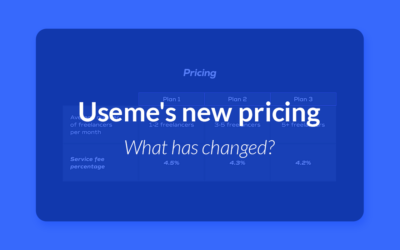The instant reaction to the jobs’ upswing demand for either full-time, remote employees or freelancers reflects an economic trend in the global economy – workers and independent contractors have more power now than at any time in contemporary history. The change in the job market is the effect of globalization, the widespread implementation of internet and other disruptive technologies, as well as an intensive increase of the global economy. Companies all over the world have been experiencing, for almost a decade, a major labor deficit due to that growth. And as a consequence of this trend, there isn’t enough man power to fill all the available jobs.
Companies and organizations have complained especially about deficiencies or the lack of skilled employees in recent years. The biggest gap in the jobs’ arena is felt by employers looking for workers with advanced degrees in science, technology, engineering and mathematics. As far as freelancers are concerned the biggest demand is for people highly experienced in coding, content creating, e.g. graphic designing, social media managing, virtual assisting, etc. But, there is also a huge request for home health care aides, restaurant and hotel workers.
For example, in the US market the number of employers seeking employees each month is greater than those willing to take it. No such situation has been recorded on the market since the American Department of Labor started monitoring job flows – 20 years ago.
According to the data delivered by the US Labor authorities, only in the first month of this year, the US economy faced a gap of 1.1 million jobs due to the fact that only 6.5 million people were looking for work 7.6 million jobs were offered. This significant deficit of workers has continued for a period of eleven straight months. The breach in the job market has been getting bigger and bigger monthly. Even the help and support of flexible employees or independent contractors can’t fulfill the demand. Partially because not all organizations are fully ready to implement the freelancer model to benefit both parties.
Consequently, high-skilled professionals and low-skilled workers have the advantage over employers and the most bargaining chips in the current labor market. That means there’s no better time for employees, as well as for freelancers, not only to expect but also to require better earnings and fees, benefits or in general job or cooperation conditions. If employers want to stay on the growth path, they will have to tune into new markets’ conditions offering a competitive work environment for freelancers, remote and permanent employees.



